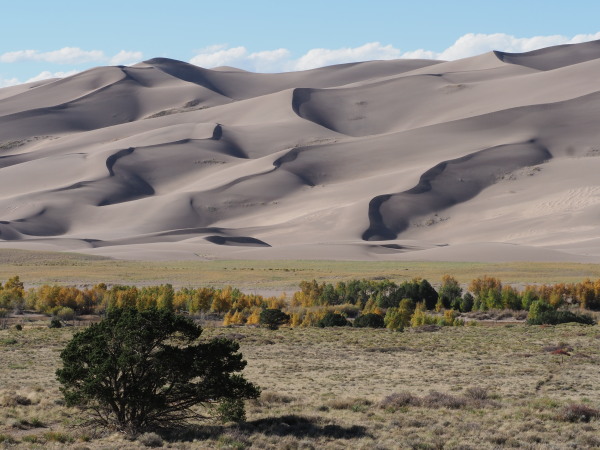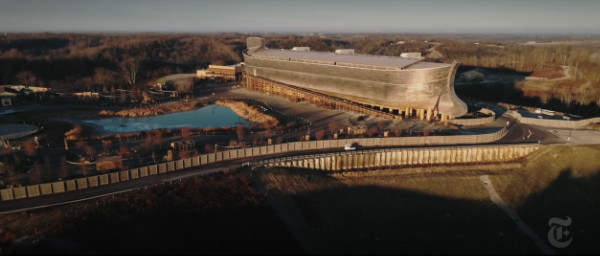Report: ID experts mistakenly think evolutionary trees cannot be reconstructed

It is rather easy to find examples of misconceptions about evolution and misinterpretations of scientific results. All you need to do is look at the latest articles at the Discovery Institute's site "Evolution News & Science Today". Case in point: their take on a recent paper by Stilianos Louca and Matt Pennell in Nature last spring. The paper is this one:
Louca, S. and Pennell, MW. (2020). Extant timetrees are consistent with a myriad of diversification histories. Nature doi:10.1038/s41586-020-2176-1
It is behind a paywall, but the preprint version of the paper is freely available at the Biorxiv preprint server here: https://www.biorxiv.org/content/10.1101/719435v2.full
The Discovery Institute's site is quite excited about this paper. Their report on 12 January (here) announced that the paper announced something very dramatic:
Two theorists have caused a stir in evolutionary circles, claiming to have proven that Darwinian phylogeny efforts (tree-building) cannot be constrained to one “best” answer. In fact, any proposed tree is no better than an infinity of other trees. They can’t see the tree for the forest.
Now if true, this would call phylogenies (evolutionary trees) seriously into question. Can it be that Louca and Pennell have undermined the foundation of reconstruction of evolutionary trees? Or is it possible instead that the folks at EN&ST have misread Louca and Pennell's paper?
Guess which is more likely? ...




